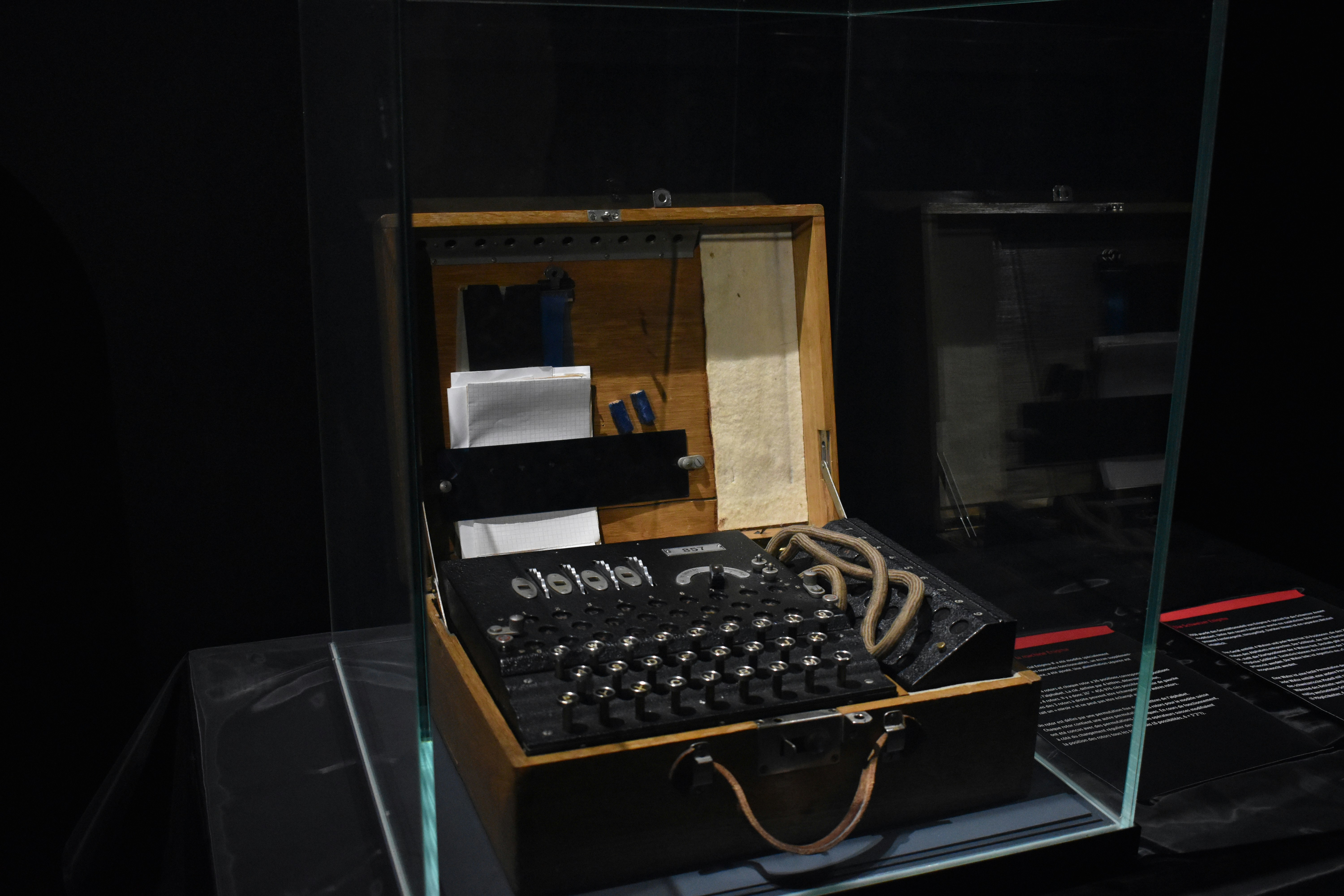字串應用題: 是否為子序列? Is Subsequence Leetcode #392
閱讀時間約 3 分鐘

這題的題目在這裡:
題目會給定我們兩個字串,一個字串s,另一個字串t
要求我們判段字串s是否為字串t的子序列?
(也就是s的每個字元都可以在t裡面找到,而且前後相對順序相同)
測試範例:
Example 1:
Input: s = "abc", t = "ahbgdc"
Output: true
Example 2:
Input: s = "axc", t = "ahbgdc"
Output: false
約束條件:
Constraints:
0 <= s.length <= 1000 <= t.length <= 104sandtconsist only of lowercase English letters.
Follow up: Suppose there are lots of incoming s, say s1, s2, ..., sk where k >= 109, and you want to check one by one to see if t has its subsequence. In this scenario, how would you change your code?
演算法:
同樣使用到雙指針的技巧,一個從s的頭部開始,另一個從t的頭部開始。
從左到右開始掃描,一次掃描一個字元,
比對s[i] 和 t[j] 是否相同,
如果相同,則i++,j++ 一起往右一格。
如果不同,則i不動,j++。
最後,掃描結束時,如果i = 字串s的長度,代表s的每個字元都可以在t裡面找到,而且前後相對順序相同。也就是說,字串s是字串t的子序列。
程式碼:
class Solution:
def isSubsequence(self, s: str, t: str) -> bool:
# two-pointers, one for s, the other for t
idx_s, idx_t = 0, 0
len_s, len_t = len(s), len(t)
# linear scan from head
while idx_s < len_s and idx_t < len_t:
if s[idx_s] == t[idx_t]:
# matched one character
# s go to next position
idx_s += 1
# t go to next position
idx_t += 1
# check all character of s are matched
return idx_s == len_s
時間複雜度:
O( m + n ) 最大就是字串的長度,當idx_s或idx_t有一個率先抵達終點,則比對流程結束。
空間複雜度:
O(1) 使用到一組雙指針idx_s和idx_t,都是固定尺寸的臨時變數,占用的記憶體空間為常數級別O(1)
Reference:
[1] Several python sol sharing [w/ Comment] — Is Subsequence — LeetCode
86會員
425內容數
由有業界實戰經驗的演算法工程師,
手把手教你建立解題的框架,
一步步寫出高效、清晰易懂的解題答案。
著重在讓讀者啟發思考、理解演算法,熟悉常見的演算法模板。
深入淺出地介紹題目背後所使用的演算法意義,融會貫通演算法與資料結構的應用。
在幾個經典的題目融入一道題目的多種解法,或者同一招解不同的題目,擴展廣度,並加深印象。
留言0
查看全部



















